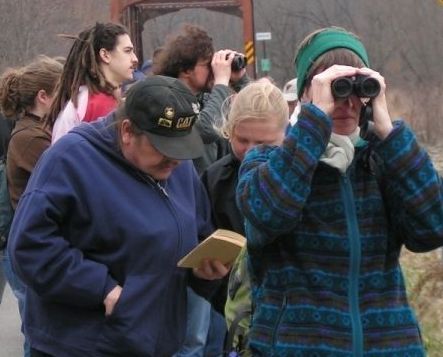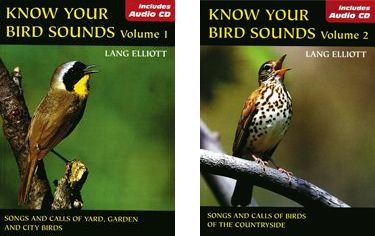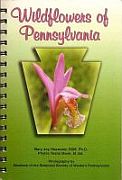
Get ready for the easiest bird count you’ll ever do ’cause you can do it in your jammies.
This coming weekend — February 12 to 15 — is the Great Backyard Bird Count. Participants across North America will spend time counting birds and recording the greatest number of individuals they see per species. The results show trends in winter bird populations. It’s a great “citizen science” event for all ages.
And it’s easy. You can be as ambitious or laid back as you like. You can go outdoors looking for birds in cold, windy places, or you can fill your feeders and count birds outside your window while you lounge in your pajamas. You can count every day for four days, or you can count for as little as 15 minutes in the comfort of your home. When you’re done, just turn on your computer and report it online at Birdsource.
Don’t want to count alone? Do your kids want to learn about birds? There will be many opportunities to gather and learn at events across North America. In the Pittsburgh area, Fern Hollow Nature Center will hold children’s workshops and bird-count walks in Sewickley Heights Borough Park. (NOTE ON FEB 11, 2010: THE WALKS IN THE PARK ARE CANCELED DUE TO SNOW DEPTH.)
And if you like to take pictures you can enter the Great Backyard Bird Count photo contest.
So no matter what the weather is – even if it snows two feet – you can safely plan to count birds next weekend. Click on the photo above for all the details.
Easy!
(photo linked from allbestbinoculars.com Click on the image to see the original article about Birding for kids)
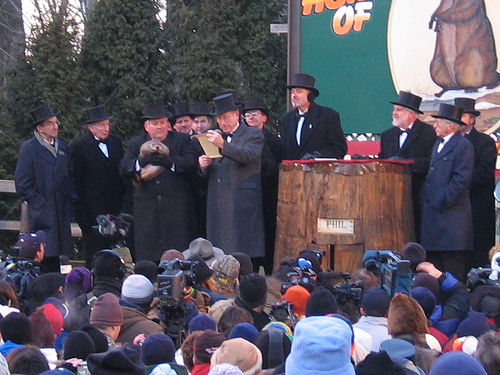
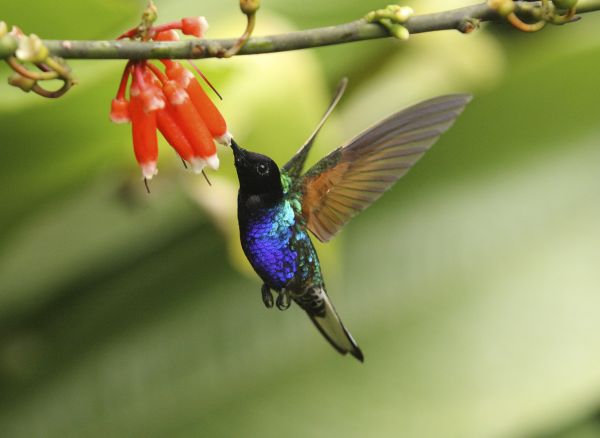
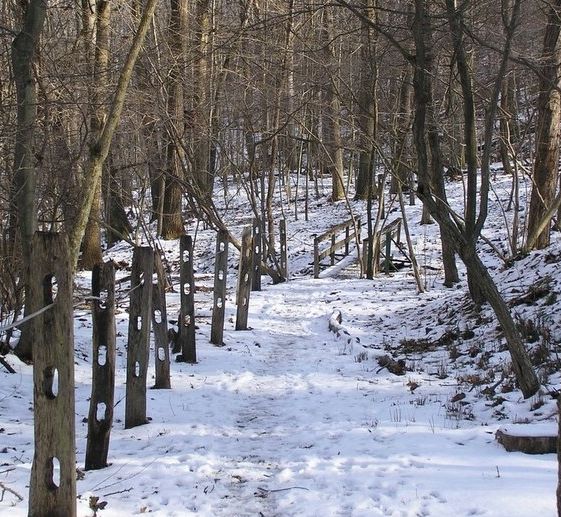
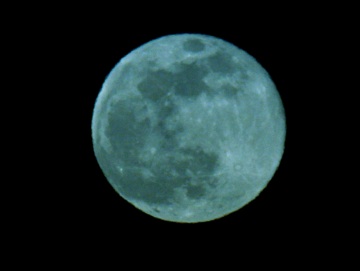 Since I’m going to feature a
Since I’m going to feature a 
